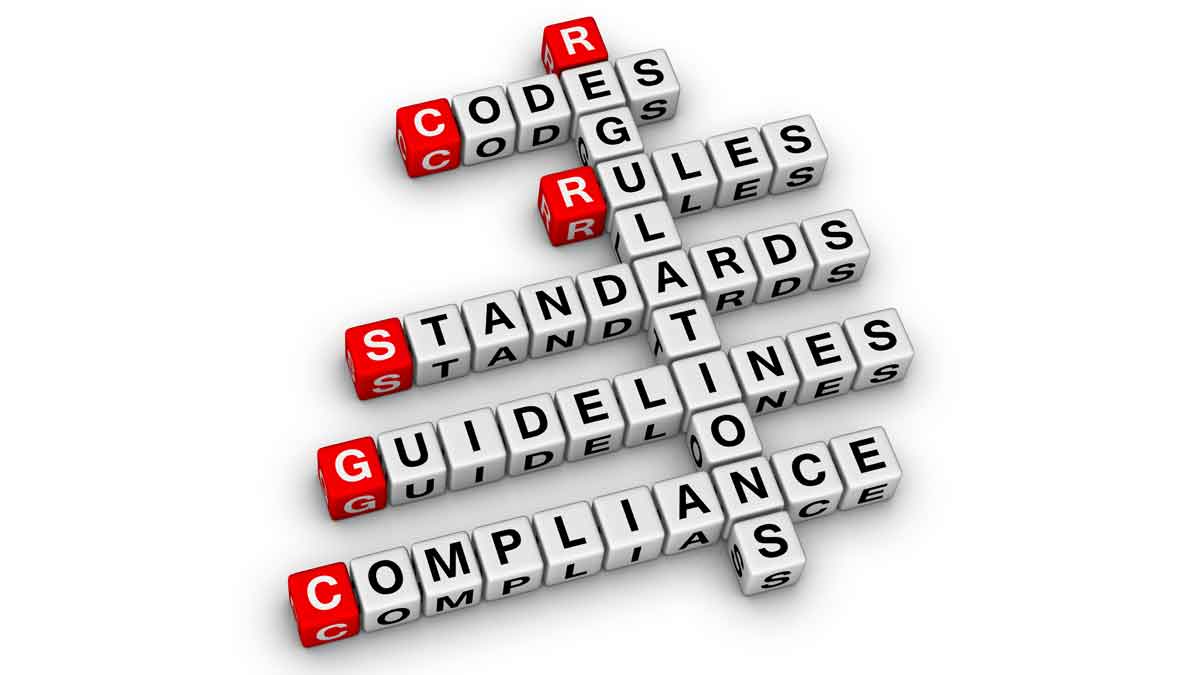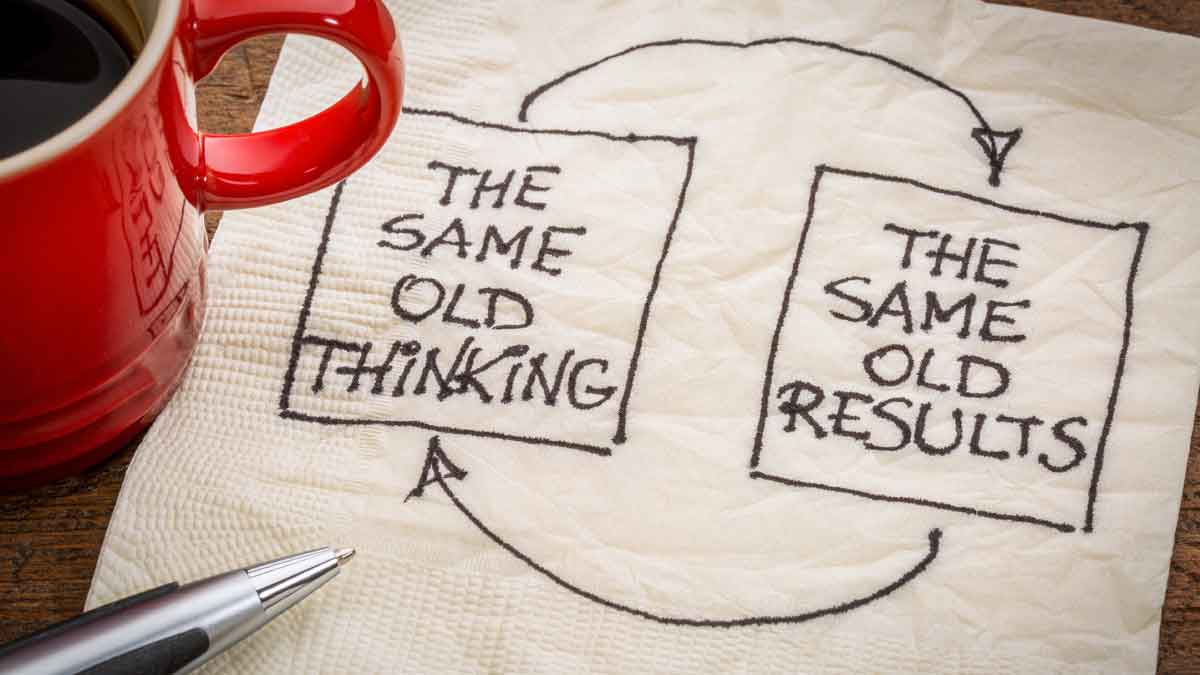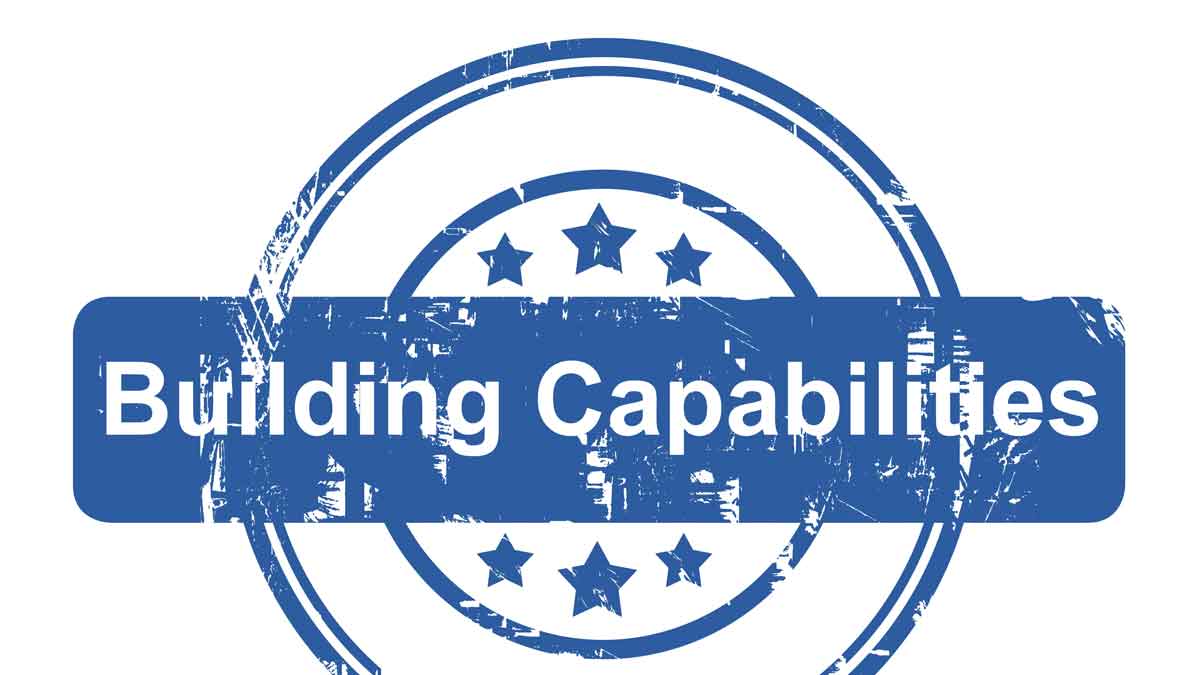Well, isn’t that inspirational? Perhaps not… but remember you’re in a constant battle with competitors to innovate for customers. One of the best ways to tip the “efficiency” balance in your favor is to consistently learn when projects are unattractive… before competitors. Then decisively kill them so resources can be used for winning projects.
More in article, Are You Maximizing Your Profits?
Innovation is fueled by the unexpected. But many suppliers are surprise-averse. They start with their own ideas, filter them through internal processes, and avoid customer-led interviews. In an odd twist, surprise-averse suppliers are the most likely to be surprised… by mistaken market assumptions and blockbusters introduced by surprise-seeking competitors.
More in white paper, Catch the Innovation Wave (page 10).
When you validate your new product concept with customers, they may tell you if it’s a dud. Great… you’ve avoided the error of commission. But what about the error of omission? If you first enter the customer’s world with B2B divergent interviews, you might learn of unexpected needs that lead to a blockbuster.
More in white paper, Lean Startup for B2B (page 9).
Innovating companies that directly engage their customers have operating income growth rates three times higher than those that do not. When you see a gulf of 3X, it should scream “opportunity!” Gaining customer insight in an engaging manner may be commonplace in the future, but today it’s a competitive advantage. Will you seize it?
More in article, Why Maximizing Shareholder Value is a Flawed Goal
Consider two new-product success modes. In Success Mode A you launch a well-protected, premium-priced product. In Success Mode B, you thoroughly search the market segment, but find no unmet needs you can address. So you walk. May not sound heroic, but it’s the only way to ensure enough resources for more Success Mode A.
More in article, Are You Maximizing Your Profits?
Surprises in quality or cost control are unpleasant. But innovation relies on surprises. Without “non-obviousness,” an invention cannot even be patented. When a previously-hidden customer outcome becomes known, the discovering supplier has the luxury of seeking solutions in a competition-free environment.
More in white paper, Catch the Innovation Wave (page 10).
Some products deliver enormous profits for decades, carrying whole businesses and careers on their sturdy shoulders. And then there are the tired, the poor, the huddled masses of wretched new products you wish were on your competitors’ teeming shores. You’ll find the blockbusters always satisfy six conditions. (See link below for details.)
More in article, Are You Maximizing Your Profits?
One is throwing more money at R&D in a Soviet-style arms race. Another is exhorting the troops to do better. An all-time favorite is asking tough project-review questions… but not training teams in the skills needed to find the answers. What if all your teams had the highest possible skills in understanding customer needs? Might this work better?
More in article, Do You Really Interview Customers?
Confirmation bias is the “tendency for people to favor information that confirms their preconceptions or hypotheses, regardless of whether the information is true.” It’s what happens when you take your lovely new-product hypotheses to customers. This systematically distorts data on customer needs… and that can’t be good for innovation, right?
More in article, Give your Hypothesis the “Silent Treatment” (Originally published in B2B Organic Growth).
Ultimately, everything your business does should be about efficiently delivering value to customers. If you don’t focus on clusters of like-minded customers, their needs will be randomly observed by different people in your company at different times under different conditions. Not an efficient way to develop new products—your lifeblood.
More in New Product Blueprinting article, How’s Your Market Segmentation?
When you finish the front-end of innovation, you may have plenty of technical risk ahead. But you can examine B2B customer outcomes at nine levels, and gain an incredible understanding of the customer’s world. Done well, your commercial risk should be negligible when you enter the development stage.
More in white paper, Timing is Everything (page 6).
And that’s the point, isn’t it? If we just try to develop the products our customers ask everyone for, and we haven’t cornered the market on R&D genius, we’ll keep struggling with differentiation. But if we intentionally expose ourselves to unexpected information—that our competitors lack—we’ll create more significant, protectable value.
More in article, Do You Really Interview Customers?
Do you know if your company is improving key capabilities? Understanding customers’ needs, assessing competitive alternatives, creating data-driven value propositions, etc.? A race team that just counts wins—instead of pit crew times and engine torque—stops winning. Understand the capabilities that drive innovation and start measuring them.
Read more in the article, 3 Problems with Innovation Metrics (Originally published in B2B Organic Growth newsletter).
Avoid “technology push.” But should you just leave your technology quivering on the lab bench? Hardly. Conduct customer interviews without mentioning your technology. If customer outcomes match your technology… wonderful! Otherwise, look for different technology (for this market), or look for another market (for this technology).
More in article, Should You Develop New Products like Steve Jobs? (Originally published in B2B Organic Growth newsletter).













